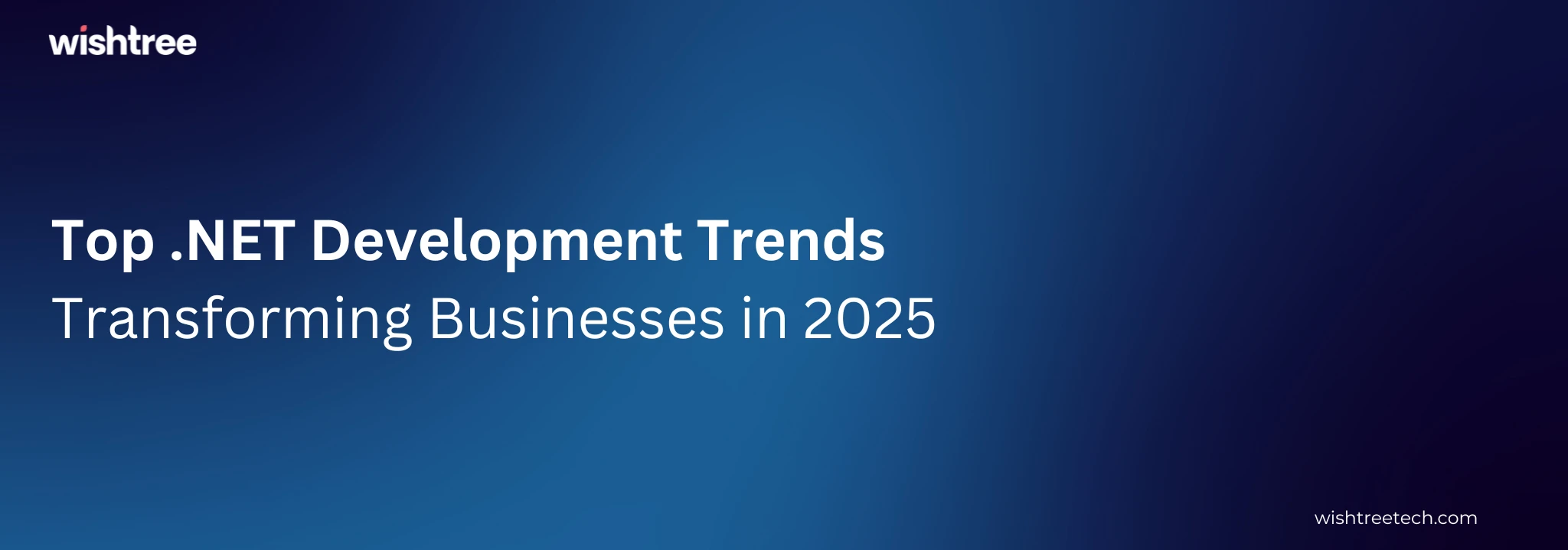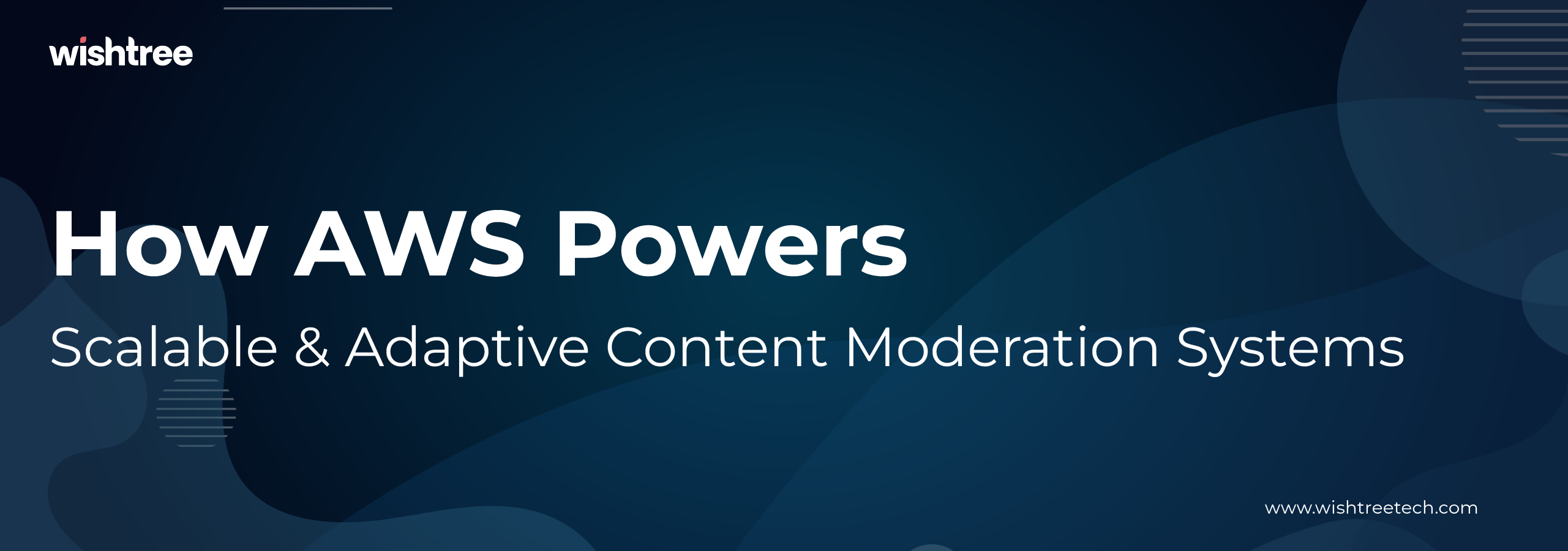Table of Contents
The cloud revolutionized IT, promising agility, scalability, and cost savings. However, a new trend is taking shape: reverse cloud migration.
Organizations that initially went all-in on the cloud are now considering bringing some or all of their workloads back “on-premises,” to their own data centers.
Now here, at Wishtree Technologies, we understand that IT strategies are living documents, needing to adapt alongside your business. And we champion a cloud-agnostic approach, recognizing there’s no one-size-fits-all solution.
While the cloud offers undeniable benefits, we acknowledge that certain workloads might be better suited for on-premises deployment due to:
- Escalating Cloud Costs: Cloud bills can balloon unexpectedly.
- Data Sovereignty Concerns: Regulations and data privacy requirements might necessitate on-premises storage.
- Performance Requirements: Certain applications demand low latency or predictable performance, which on-premises infrastructure might provide better.
- Greater Control Needs: Some organizations require granular control over their data and infrastructure, which might be limited in the cloud.
This blog delves into the world of reverse cloud migration, exploring the reasons behind it, the considerations involved, and the potential benefits for your organization.
Rethinking the Cloud: Top Reasons for the Rise of Reverse Cloud Migration
The Cloud Cost Dilemma
Cloud pricing models can be deceptively simple. While the initial lure of “pay-as-you-go” seems attractive, costs can quickly spiral out of control, especially for data-intensive or resource-hungry workloads.
Here’s a breakdown of the cost culprits:
- Data Transfer Fees: Migrating large datasets to the cloud and ongoing egress fees for data transfer can become significant expenses.
- Storage Costs: Cloud storage pricing varies based on data type, access frequency, and storage tier. Over time, these costs can accumulate for infrequently accessed data or large archives.
- Pay-Per-Use Creep: The flexibility of cloud resources can lead to unintended usage spikes, resulting in unexpected charges.
For organizations with predictable workloads and static data storage needs, on-premises infrastructure can offer a more cost-effective solution in the long run.
Data Sovereignty and Compliance
Data privacy regulations like GDPR and CCPA are becoming increasingly complex. Organizations face mounting pressure to maintain control over sensitive data.
Here’s where the cloud can present challenges:
- Data Residency Requirements: Some regulations mandate data storage within specific geographical boundaries. Public cloud providers may not always offer data residency options that align with your compliance needs.
- Security Concerns: Despite robust security measures, some organizations remain apprehensive about entrusting sensitive data to a third-party cloud provider. On-premises solutions offer greater control over data security and access.
While hybrid cloud models can address some of these concerns, for organizations handling highly regulated data, repatriating workloads to on-premises infrastructure can provide the necessary assurance and control.
Performance and Latency: When Every Millisecond Matters
For certain applications, especially those requiring real-time processing or low latency, the cloud can be a bottleneck. Performance can be impacted by:
- Network Connectivity: Cloud environments rely on internet connectivity, which can introduce latency and potential network congestion.
- Resource Sharing: In shared cloud environments, resource allocation can fluctuate depending on overall demand, potentially impacting application performance.
Latency-sensitive applications like high-frequency trading platforms or real-time analytics often perform better on dedicated on-premises infrastructure where resources and network connectivity are predictable and optimized for specific needs.
Vendor Lock-In: Breaking Free from the Cloud Cage
Cloud providers offer a vast array of services, but these services often come with proprietary tools, APIs, and data formats.
Over time, organizations can become heavily reliant on a specific cloud provider, making it difficult and expensive to migrate workloads to a different platform.
This phenomenon, known as vendor lock-in, can stifle innovation and limit your options.
Repatriating workloads to on-premises infrastructure provides greater flexibility and control. You’re not tied to a specific vendor’s ecosystem, allowing you to choose the best tools and technologies for your needs, regardless of the provider.
Security Everlasting: Beyond Cloud Security Claims
Data breaches continue to plague the digital landscape, and the cloud is not immune. Security concerns remain a significant deterrent for some organizations considering cloud adoption.
Here’s why some choose on-premises solutions:
- Shared Responsibility Model: The cloud security model is based on shared responsibility. While cloud providers secure the underlying infrastructure, the onus of securing your data and applications ultimately falls on you.
- Escalating Breach Costs: The average cost of a data breach continues to rise, highlighting the significant financial and reputational risks associated with security vulnerabilities.
While cloud providers offer robust security features, some organizations feel more comfortable with the physical and access controls inherent in an on-premises data center environment.
By understanding these key reasons for reverse cloud migration, organizations can make informed decisions about their IT infrastructure.
The ideal solution might involve a hybrid approach, leveraging the benefits of both cloud and on-premises deployments based on specific workload requirements.
Wishtree Technologies can help you navigate this complex landscape and develop a cloud strategy that aligns with your unique business needs and goals.
Reverse Cloud Migration: A Step-by-Step Guide
The decision to migrate back on-premises requires careful planning and execution.
Total Cost of Ownership (TCO): Consider not just the upfront costs of on-premises infrastructure but also ongoing maintenance, hardware upgrades, and personnel expenses. Compare this TCO with your current cloud spending to determine the cost-effectiveness of reverse migration.
Here’s a detailed breakdown of the key steps involved in a successful reverse cloud migration:
1. Workload Assessment and Prioritization
- Identify repatriation candidates: Not all workloads are ideal for on-premises environments. Analyze each workload based on:
- Data Sensitivity: Highly sensitive data might benefit from the physical security and control offered by on-premises storage.
- Performance Requirements: Latency-sensitive applications might perform better with dedicated on-premises resources.
- Cost Optimization: Analyze cloud spending for each workload. If costs are unexpectedly high or the workload is static with minimal resource needs, on-premises ownership might be more cost-effective in the long run.
- Compliance Needs: Some regulations mandate data residency within specific regions. Repatriating workloads can help meet these compliance requirements.
- Prioritize workloads: Based on the above factors, prioritize workloads for migration. Start with the most critical applications or those with the most compelling reasons for repatriation.
2. On-Premises Infrastructure Planning and Provisioning
- Capacity Assessment: Evaluate your existing on-premises infrastructure to determine if it has the necessary capacity (servers, storage, networking) to accommodate the repatriated workloads.
- Resource Gap Analysis: If there’s a resource shortfall, identify the additional hardware or software required to support the migrated workloads. This might involve hardware upgrades, software licensing, or network infrastructure expansion.
- Security Considerations: Ensure your on-premises environment has robust security measures in place to protect your data and applications. This includes firewalls, intrusion detection systems, and access controls.
3. Data Migration Strategy and Execution
- Data Security and Minimizing Downtime: Develop a secure data transfer strategy that minimizes downtime and data loss. This might involve using specialized data migration tools or employing staged migration approaches.
- Data Transformation (if necessary): Some cloud-based data formats might require transformation to function seamlessly within your on-premises environment.
- Data Validation: After migration, thoroughly validate the completeness and accuracy of the transferred data.
4. Application Reconfiguration and Testing
- Application Compatibility: Review applications and services to identify any dependencies on cloud-specific features or APIs. Modify the applications to function within the on-premises environment. This might involve code changes or configuration adjustments.
- Performance Testing: Rigorously test the migrated applications to ensure they perform as expected and meet your performance benchmarks.
- Security Testing: Conduct comprehensive security testing to identify and address any vulnerabilities in the on-premises environment after application migration.
5. Go-Live and Ongoing Management
- Phased Rollout (optional): Consider a phased rollout strategy, migrating mission-critical applications last and allowing for adjustments after each phase.
- Monitoring and Optimization: Continuously monitor the performance and health of your on-premises environment after migration. Identify and address any performance bottlenecks or security issues.
- Ongoing Security Maintenance: Patch management, vulnerability scanning, and access control reviews are crucial for maintaining a secure on-premises environment.
6. Cloud Resource Decommissioning
- Cost Optimization: Once applications are fully migrated and validated on-premises, decommission and remove unnecessary cloud resources to avoid ongoing cloud service charges.
- Data Retention Considerations: Determine any data retention policies for cloud-based backups or archives, and implement strategies for on-premises data archiving if necessary.
By following these steps and considering the unique needs of your organization, you can ensure a smooth and successful reverse cloud migration.
Remember, this process can be complex, and seeking guidance from experienced IT professionals can significantly reduce risks and ensure a successful transition.
The Future of Cloud: A Hybrid Approach
For many organizations, the future lies in a hybrid cloud strategy. This approach leverages the strengths of both cloud and on-premises deployments, allowing you to:
Optimize Costs: Allocate workloads to the most cost-effective environment. Resource-intensive applications may benefit from the cloud’s scalability, while static data archives might be cheaper to store on-premises.
Enhance Agility and Scalability: The cloud provides on-demand resources for handling spikes in demand or scaling new initiatives, while on-premises infrastructure offers a foundation for core business applications.
Maintain Data Sovereignty: Sensitive data can be secured on-premises while leveraging the cloud for non-critical workloads or disaster recovery.
Boost Performance and Security: Latency-sensitive applications can thrive on dedicated on-premises infrastructure, while the cloud’s security features can augment your overall security posture.
Wishtree Technologies: Your Trusted Partner in Cloud Strategy
At Wishtree Technologies, we understand the complexities of navigating the cloud landscape. Our team of experts can help you:
- Develop a Cloud Adoption Strategy: We’ll assess your IT environment, business goals, and compliance requirements to create a customized cloud strategy that leverages the right mix of cloud and on-premises solutions.
- Reverse Cloud Migration Planning and Execution: If repatriation is the best course of action, we’ll guide you through the entire process, ensuring a smooth and secure transition.
- Hybrid Cloud Management: We offer comprehensive solutions for managing and optimizing your hybrid cloud environment, ensuring seamless integration and maximizing the benefits of both cloud and on-premises deployments.
Don’t let the cloud revolution become a one-size-fits-all approach. Contact Wishtree Technologies today and explore a cloud strategy that empowers your business to thrive in the ever-evolving IT landscape.






